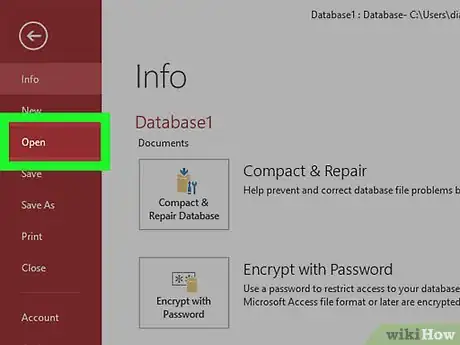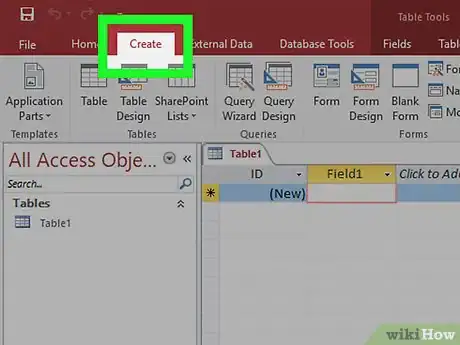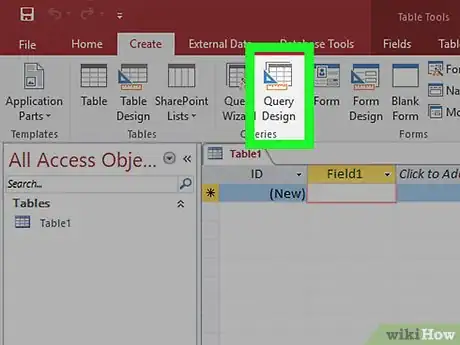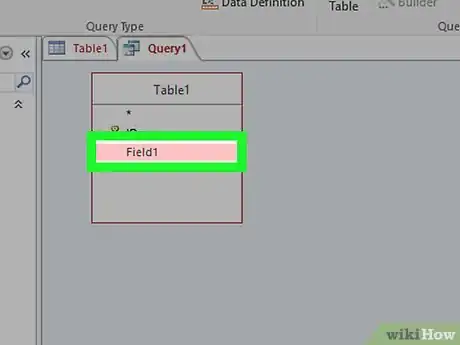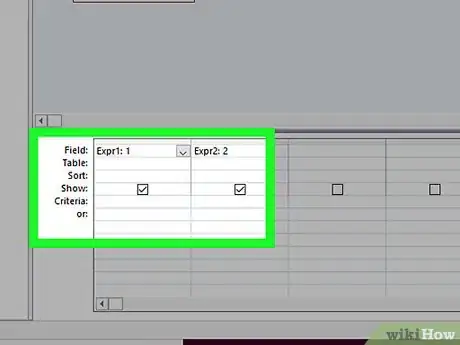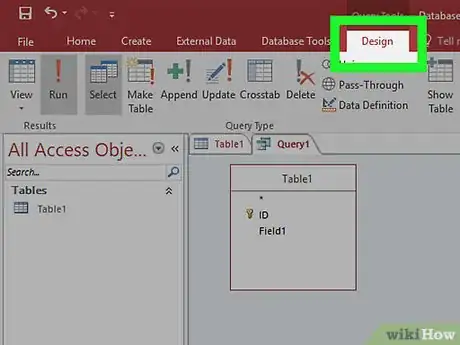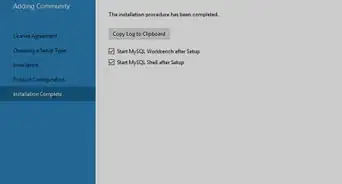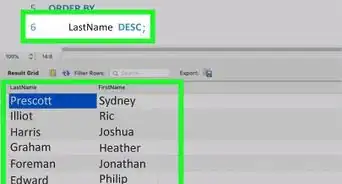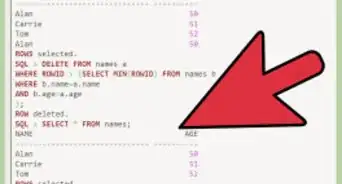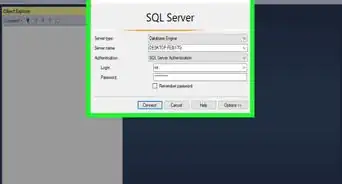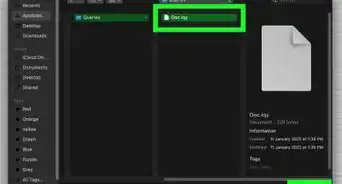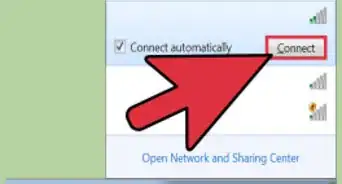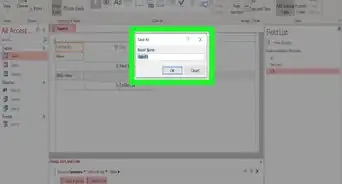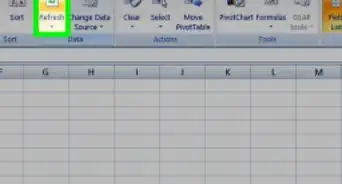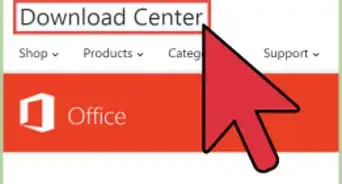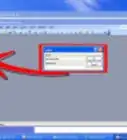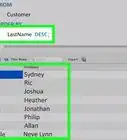X
This article was co-authored by wikiHow staff writer, Jack Lloyd. Jack Lloyd is a Technology Writer and Editor for wikiHow. He has over two years of experience writing and editing technology-related articles. He is technology enthusiast and an English teacher.
The wikiHow Tech Team also followed the article's instructions and verified that they work.
This article has been viewed 180,541 times.
Learn more...
This wikiHow teaches you how to create and set up an action query, which is a command that can sort and display data automatically, in Microsoft Access.
Steps
-
1Open your Microsoft Access database. Double-click the Access document for which you want to create an action query.
- If you haven't yet created the document, open Microsoft Access, click Blank Database, enter a name, click Create, and enter your database's data before continuing.
-
2Click Create. This tab is at the top of the Microsoft Access window. Doing so prompts a toolbar to appear below the Create tab.Advertisement
-
3Click Query Design. It's in the "Queries" section of the Create toolbar. A pop-up window will open.
-
4Select your table. Double-click the table from which you want to display data. If you have more than one table, double-click each table that you want to use.
-
5Click Close. It's at the bottom of the pop-up window.
-
6Select columns for the action query. Double-click each column from which you want the action query to display data.
- By default, columns are named "Field 1", "Field 2", and so on.
-
7Set the query's criteria. In the section at the bottom of the Access window, change any of the following values for the selected (checked) columns:[1]
- Field - Type in the name of a column here to replace the selected column with a new one. You can also click the drop-down arrow to the right of the column's name to see all available columns in the current table.
- Table - Type in the name of a different table in your database to replace the selected table with a new one. You can also click the drop-down arrow to the right of the table's name to see a list of available tables in the document.
- Sort - Select a sort order (e.g., ascending or descending).
- Show - Check this box (if unchecked) to display a column's information, or uncheck it to hide the information.
- Criteria - Add formulas or information to filter the data displayed by the query. For example, you might type in >"1" to show all column values that are greater than 1.
-
8Click the Design tab. It's at the top of the window. Doing so opens a toolbar below the tab.
- You may already be on this tab.
-
9Click Run. This exclamation mark-shaped icon is in the "Results" section of the Design toolbar. Clicking Run will prompt your query to display any information from your table(s) that matches your established criteria.
Advertisement
Community Q&A
-
QuestionHow do I design a form in MS Access?
 Community AnswerIn the top-left corner underneath 'File' should be a button that says 'View'. You should currently be on the 'Form View'. Click on it and go to 'Design View': you can edit from there. If that's too confusing, there's also an icon with geometrical devices at the very bottom right corner to click on to switch to design view.
Community AnswerIn the top-left corner underneath 'File' should be a button that says 'View'. You should currently be on the 'Form View'. Click on it and go to 'Design View': you can edit from there. If that's too confusing, there's also an icon with geometrical devices at the very bottom right corner to click on to switch to design view. -
QuestionWhat are the key factors of computer professionals?
 Community Answer1. A person who has extensive knowledge of computers and how they work. 2. A person who has undergone training in the field of computers, either through school, self-teaching, or being mentored by someone with an extensive background in computers. 3. A person who knows how to fix computer-related issues and is knowledgeable on the hardware and software side of computers. Jobs for computer professionals include system administrators, programmers, software engineers, information technology (known as IT), web developers and many more.
Community Answer1. A person who has extensive knowledge of computers and how they work. 2. A person who has undergone training in the field of computers, either through school, self-teaching, or being mentored by someone with an extensive background in computers. 3. A person who knows how to fix computer-related issues and is knowledgeable on the hardware and software side of computers. Jobs for computer professionals include system administrators, programmers, software engineers, information technology (known as IT), web developers and many more.
Advertisement
Warnings
- Always save your queries before exiting Access.⧼thumbs_response⧽
Advertisement
References
About This Article
Advertisement
